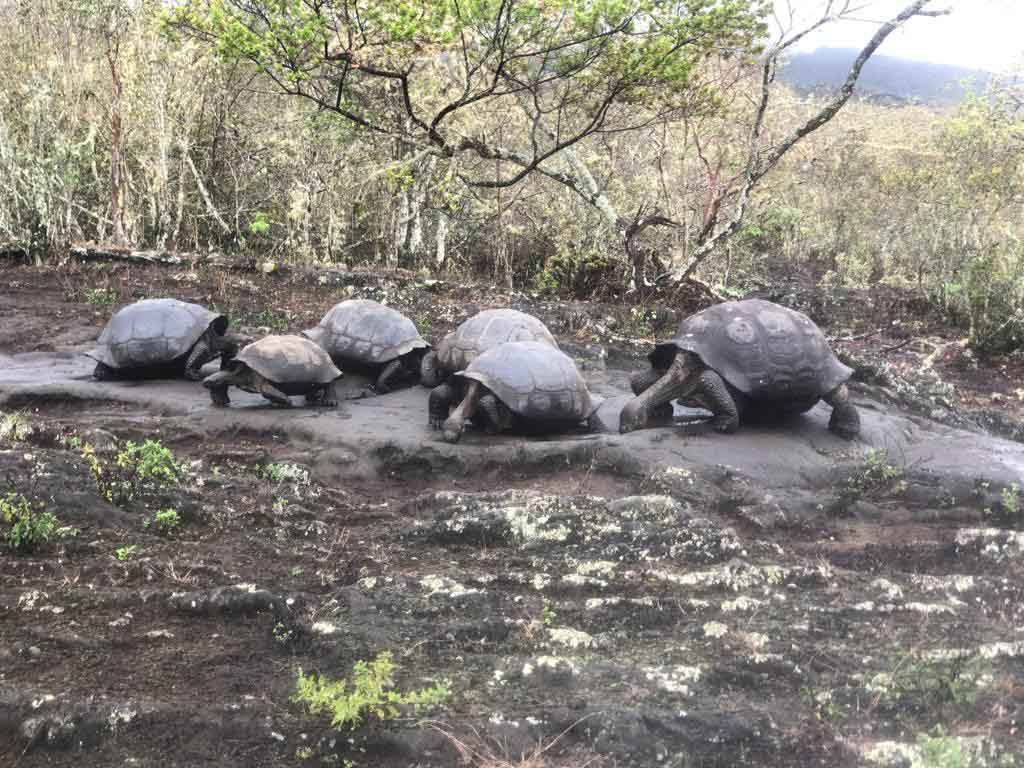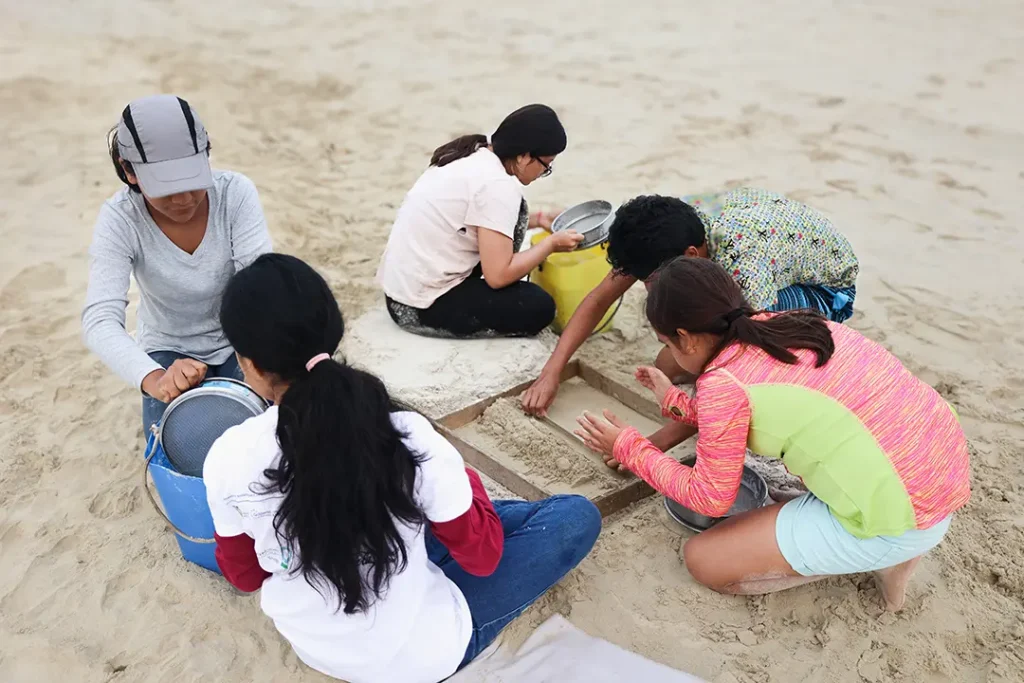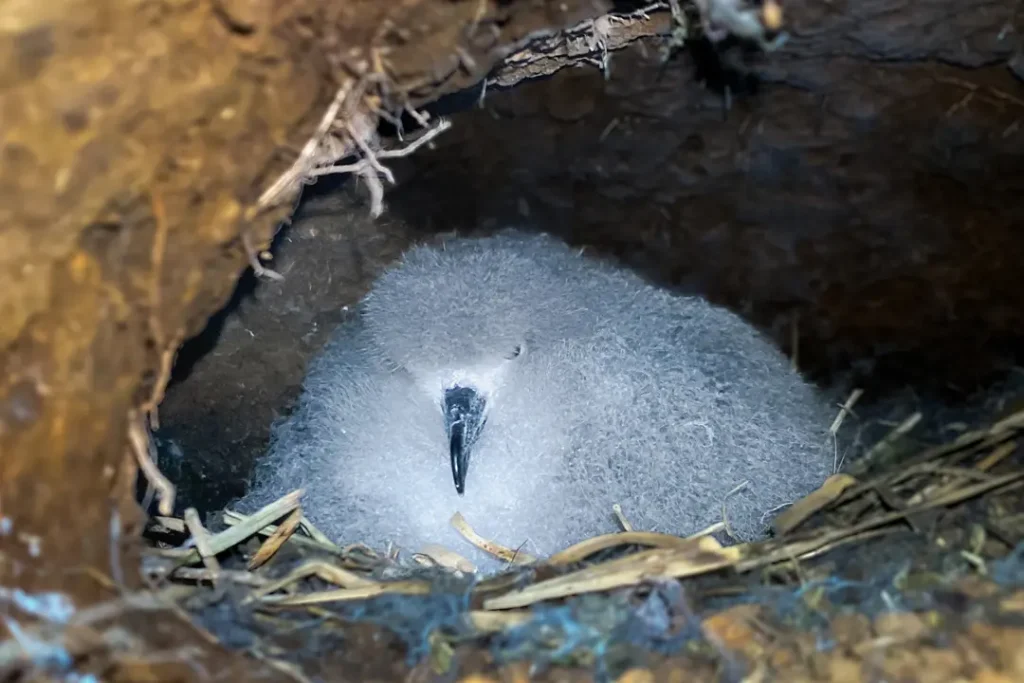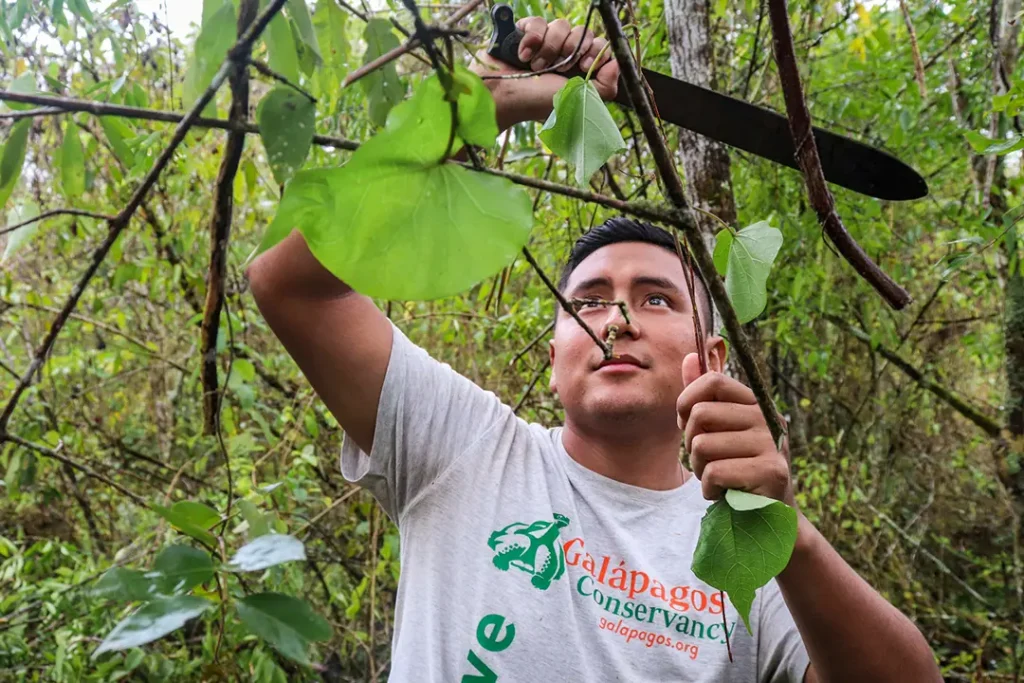Today is an important date for Galapagos, and the entire world. The Galapagos Islands were discovered officially by Dominican friar Tomas de Berlanga on March 10, 1535. He was sailing from Panama, Peru, when strong ocean currents caused his ship to drift off course to the enchanted Islands.
Berlanga was the first person to provide official descriptions of Galapagos Islands. This is why Berlanga is known as the “Discoverer” and a pioneer in the union of the Atlantic and the Pacific.
Berlanga’s discovery of the Pacific Ocean’s last uninhabited islands was a major turning point in his life. Berlanga wrote to the Spanish king in a later letter. He said that it seemed as if God had rained down stones on Earth. Fortunately, Berlanga and his crew discovered water amid the volcanic terrain and inhospitable conditions at the Galapagos Islands. This is the name Spanish sailors used for the Archipelago. They were greeted by a large number of Giant Tortoises, which reminded them of an old saddle that was called a in Spain. Later, the Archipelago of Columbus would be named for these islands.
Patrick Watkins was the first permanent resident to the Galapagos Islands. He was an Irish sailor and was marooned on Floreana island between 1807-1809. Later, Watkins told of how he survived by hunting and growing vegetables before sailing to Guayaquil in an escaped boat.
According to 2015’s last census, 25,244 people live in the Galapagos Islands. This Archipelago is home to approximately 30,000 people. It has many unique ecosystems that support a wide range of animals and plants.
Galapagos Conservancy wishes Galapagos a happy 488th anniversary. This was the date that this natural wonder was discovered. We are deeply committed and will continue to work to preserve the Islands’ wildlife and ensure the wellbeing of its inhabitants.



